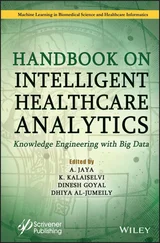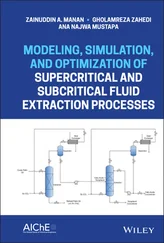The motive behind the extended class approach is to make the network more adaptable to signal features at different SNR. Further, to prepare the CNN for unpredictable SNR situation that might be encountered during the testing of an unknown sample. Therefore, the network should learn to identify the reasonably accurate SNR scenario from the input sample and then familiarize itself to achieve superior classification accuracy. At the end, many-to-one mapping function block is implemented extract only modulation type.
5.3.1.3 Results and Discussion
It is customary and vital in ML for performance comparison to have standard benchmarks and open data sets [19]. That is the rule in the computer vision, voice recognition, and other applications in which DL techniques have gained more remarkable success. Similarly, a group of researchers in [7] has generated synthetic and over-the-air (OTA) data sets for modulation classification for conducting reproducible research in wireless communication [19, 7]. Publicly available data set RADIOML 2016.10A (synthetic) are used as a benchmark for training and evaluating the performance of the proposed classifier. The Keras framework was used to design CNN architecture. Network model training, validation, and testing have been carried out on benchmark data set. This data set is a sample, TF I-Q Image with a size of 128 × 128 for CNN, and it contains a total of 368,640 samples. Here, 85% (313,344) of the data samples are used for the training and validation set and the remaining 15% (55,296) are considered for testing purpose. The implementation of training and prediction of the proposed network is carried out in Keras running on top of TensorFlow using Google Colaboratory.
CNN is trained with TF spectral images of STFT with EOC. The classification accuracies achieved by the network, overall, the modulations of the Master data set, and for different values of received SNR levels are plotted in Figure 5.3. It is observed that STFT-CNN combinational module achieved a classification accuracy of 84% compared to the benchmark network of [19] that achieved 75% to 80% at the highest SNR 16 dB. This is because of TF spectral images could capture joint TF energy density, IF, and phase information independently. Classifying accuracy of both DL networks without preprocessing was lacking compared to the joint TF energy density preprocessed image–based networks.
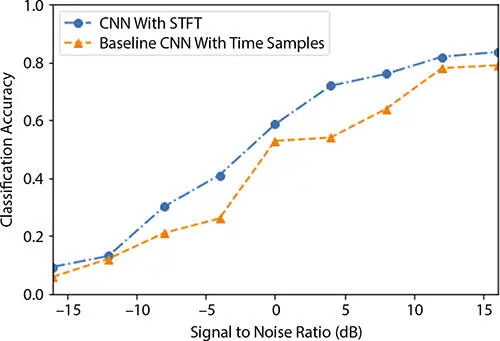
Figure 5.3 Comparison of overall classification accuracy with benchmark network.
Figure 5.4shows a confusion matrix for the CNN classifier for all the ten classes at 16 dB SNR. At high SNR of 16 dB networks confusion matrix plot depicts the almost clean diagonal with respect to predicted and true labels of 1,000 test data. It is observed that there is slight confusion between AM-DSB and WB-FM, QPSK and 8PSK, and 16 QAM and 64 QAM. This may be due to the short time observation window, and under harsh, noisy condition some features of QAM, PSK, and WB-FM may be matching with low order modulation.
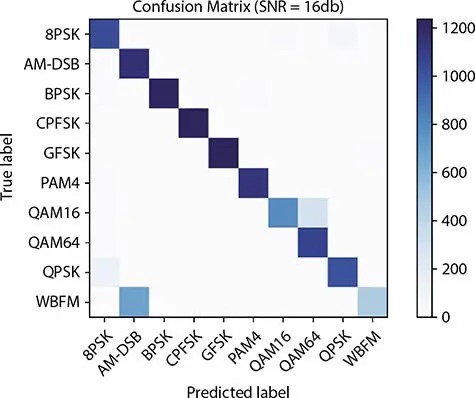
Figure 5.4 Confusion matrix CNN with synthetic data set.
By comparing with the CNN model proposed in [19], proposed models provide better classification accuracy, since the network model is trained with two labels that are SNR and modulation type. The proposed model tries even to estimate the SNR also. It can be observed from the accuracy plot that around 5%–10% enhancement in prediction accuracy even at low SNR.
5.3.2 Case Study 2: CSI Feedback for FDD Massive MIMO Systems
A massive MIMO base station (BS) requires downlink CSI for achieving desired gains. The currently deployed systems dominantly function in FDD mode, and many frequency bands are allocated explicitly for FDD use [49]. In FDD mode, the CSI is estimated from the pilots sent by the BS at the UE side, and the estimated CSI is then fed back to the BS. Even if a satisfactory estimate of the channel is made, the frequency resources of the feedback channel could be exhausted by the large-scale CSI matrix. Hence, CSI feedback is a significant problem to be addressed mainly in the FDD massive MIMO case.
Existing techniques like compressed sensing, which makes use of the sparsity concept suffers from slow reconstruction time. It uses random projection which cannot exploit the structure of the channel altogether [20]. Data-driven DL approaches use a massive amount of data, which in communication application can be generated in real-time across an enormous number of users. The data sets generated by users and BSs in various environments can be helpful for the 5G networks to learn [50].
This case study uses NNs for compression of the channel information at UE and recovery of the same at the BS. The CSI matrix compression for feedback is similar to the unsupervised clustering problem [51]. It uses an autoencoder structure, as shown in Figure 5.5, where the encoder present at the UE converts the CSI matrix into a K-dimensional vector. This is the reduced representation of the original matrix. This K-dimensional vector is then transmitted as feedback to the BS, where the decoder converts the received vector back into its original form.

Figure 5.5 Autoencoder model for CSI feedback.
5.3.2.1 Proposed Network Model
This case study proposes a novel network named inception network (InceptNet), which uses inception blocks as shown in Figure 5.6and also used in GoogleLeNet [23]. The inception block consists of multiple parallel convolution blocks of different filter sizes. An extra 1 × 1 convolution before the 3 × 3 and 5 × 5 convolutions help in dimensionality reduction. These different filter sizes help in extracting both the generic features spread across the image and the local features. The encoder and decoder blocks of the proposed network are shown in Figure 5.7, which follows the autoencoder model presented in Figure 5.5.
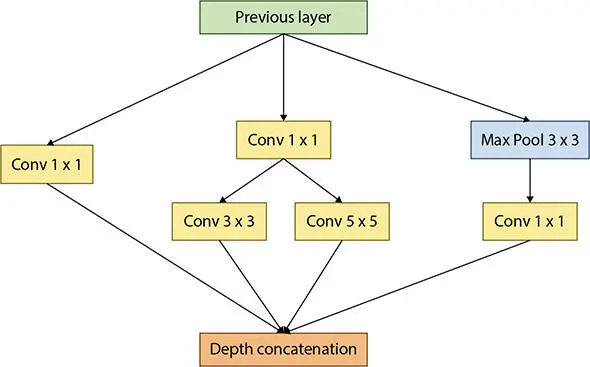
Figure 5.6 Inception block.

Figure 5.7 Encoder and decoder blocks of InceptNet.
The input to the encoder is the channel matrix, and the output is a vector of reduced dimension K. The encoder consists of a single inception block. This output vector is fed back to the decoder where the decoder network with two parallel inception blocks recovers the channel matrix. The compression from N-dimensions of channel matrix to K-dimensional vector is given in terms of compression ratio (CR), where CR = K/N.
5.3.2.2 Results and Discussion
The training and testing of the models are set up in Keras built on top of TensorFlow using Google Colaboratory. COST 2100 channel model is used to generate the data set. The data set provided by Wen et al . [20] is used for simulation here. The training data consists of 100,000 samples. The validation and test set contain 30,000 and 20,000 samples, respectively. All the test samples are independent of the training and validation samples. The network is trained for 100 epochs with a batch size of 200. The learning rate is set to 0.001. Adam optimizer is used to update the parameters, and the mean squared error (MSE) function is used as the loss function. The NMSE quantitatively provides the difference between the original channel matrix  and the recovered channel matrix H r.
and the recovered channel matrix H r.
Читать дальше
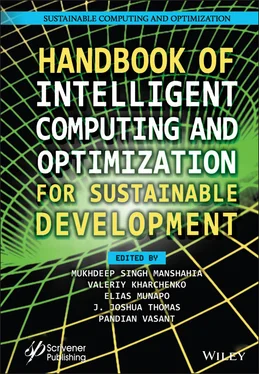





 and the recovered channel matrix H r.
and the recovered channel matrix H r.